
Callington Lions Den


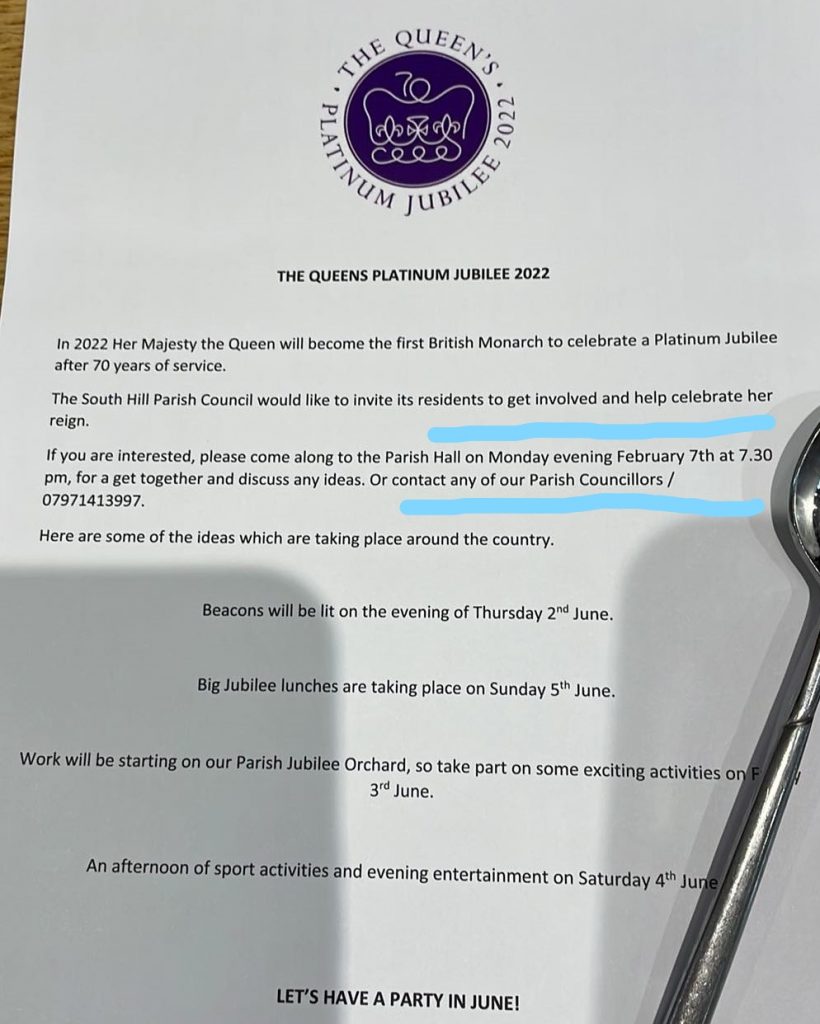
The Parish Council have recently renewed the fencing around the play area in Golberdon and extended the area to accommodate more equipment.
What would you like to see?
Suggestions to date:-

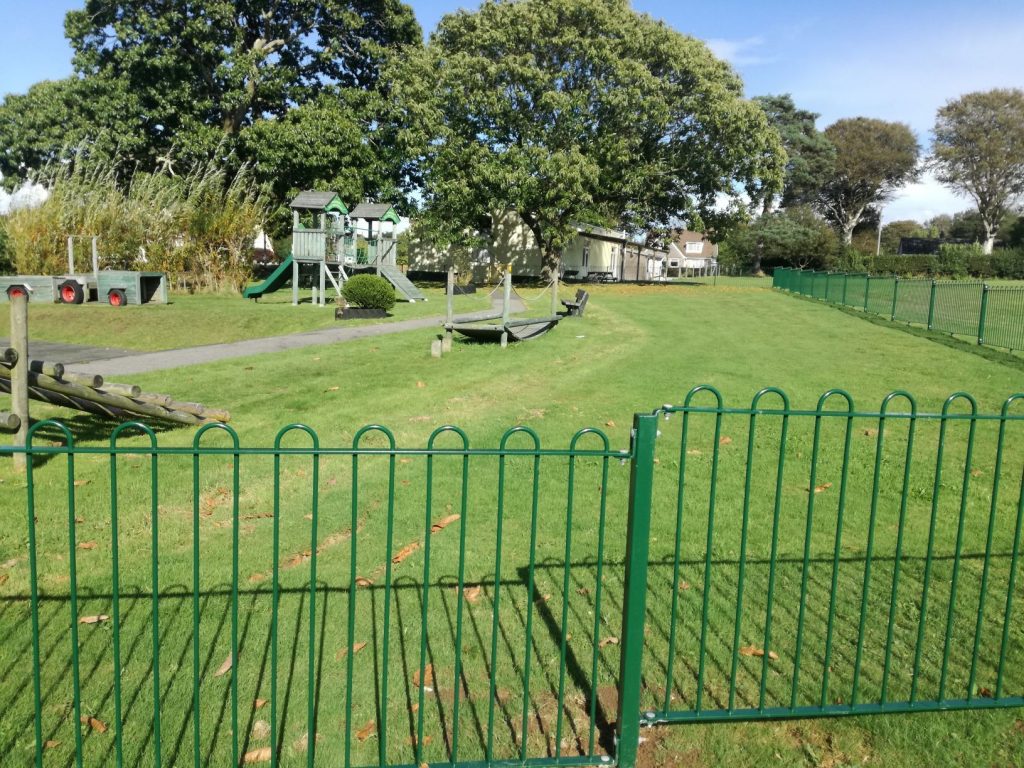
Our parish council have produced a leaflet and delivered to every household in the parish.


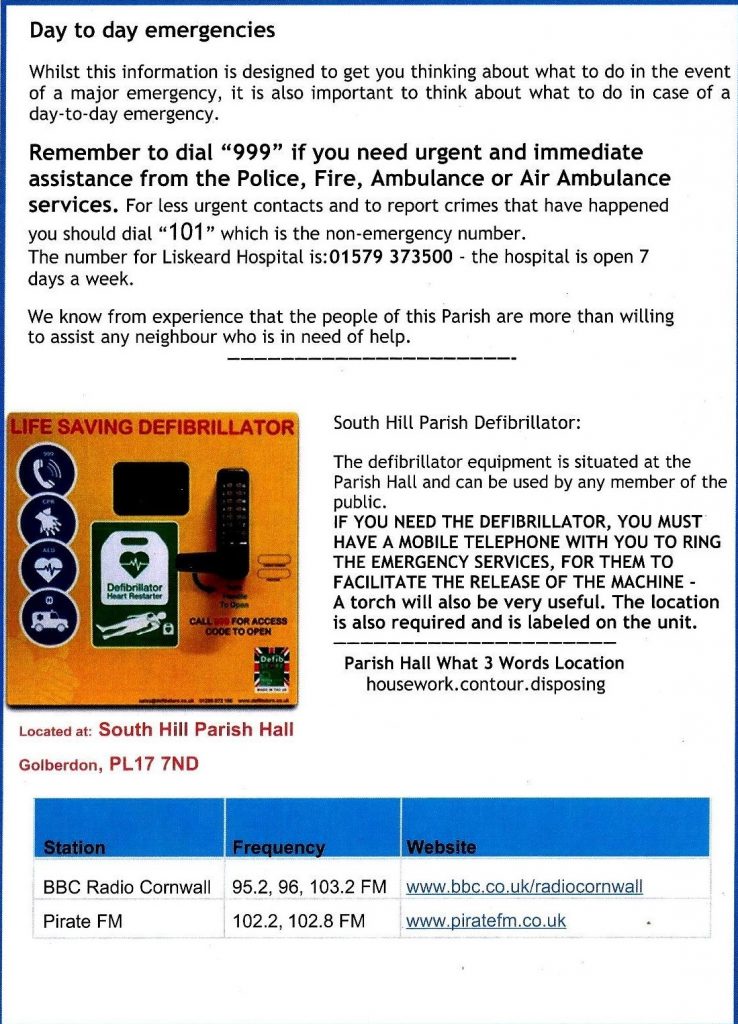
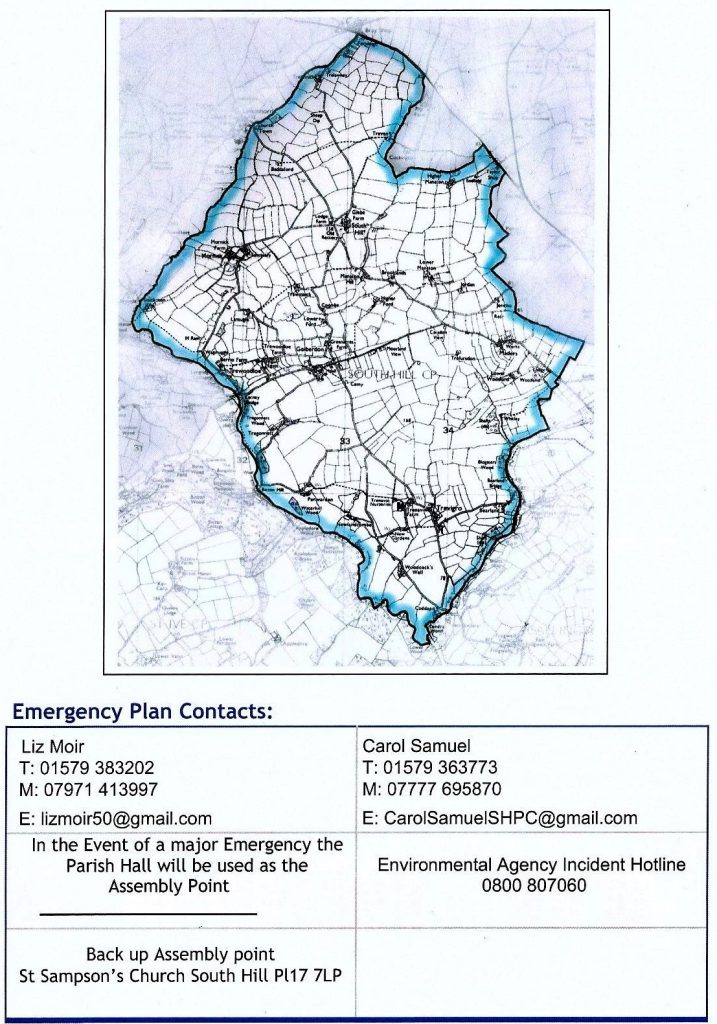
As well as the on line newsletter we also offer a print copy which can be delivered to you within the parish. We love your feedback and articles email to editor@south-hill or call Ali on 07305 044049.
You can follow us on our South Hill Parish FACEBOOK Group Where you can share posts of interest, lost cats and dogs, for sale or wanted items…
THANK YOU, AND ENJOY READING THE NEWSLETTER.
From The Connection Team
Archived newsletters (all of them!)
can be found in our public Google Drive folder – here…
Business advertisers can be found on our Local Business page

First of all, we’d like to thank our Cornwall Councillor Sharon Daw for a recent grant from her “Community Chest” fund. We’re having hi-visibility vests made, with our logo on the back, for volunteers. This will help reduce any risk to our regular volunteers collecting recycling (see below) in various locations; also planting trees, and helping with the firewood project.
The project continues to grow, thanks to our enthusiastic volunteers that help monitor collection bins, pick up, sort into boxes and send the vast amount of items to Terracycle every month. By saving these otherwise hard to recycle items from being incinerated, we are generating funds for charities.
Continue readingSouth Hill Parish Council Details of the meeting held on 21 December 2021 include the following topics
TOM BREWER: Before the meeting began Tom was present at the unveiling of a Plaque in the hall in recognition of his 45 years’ service to the community as a Parish Councillor. Tom made a short speech wishing the new councillors well and complemented the council on appropriateness of the new fence for the play area.
BUDGET 2022: Following a discussion on how much funding to allocate for new equipment in the play area, it was decided to slightly reduce the council’s precept for the coming year. The budget was approved by the council.
EMERGENCY PLAN: It’s at the printers and should be distributed early in the New Year.
PLAY AREA EQUIPMENT: The council is seeking funding from the National Lottery for help in buying and erecting new equipment in the extended area. It was decided to also send a short questionnaire with the Emergency Plan asking for opinions as to which equipment would be most suitable. Already over 72 questionnaires have already been received with various suggestions.
BRAY SHOP, DEFIBRILLATOR and NOTICE BOARD DOORS: Along with Stoke Climsland and Linkinhorne the council will contribute one third of the cost of a Defibrillator and for new doors to protect half of the new notice board.
QUEENS PLATINUM JUBILEE 2 to 5 JUNE 2022: At the next meeting the council will discuss ideas for events to celebrate the queen’s jubilee next year. Events associated with the New Orchard and the recreation field are being considered.
FIBRE BROADBAND for TREWOODLOE, BERRIO and EGYPT: The council approved signature by the Chairman and Vice Chairman of the contract, when available, for supply of Fibre Broadband. The Council will act as the Legal entity to allow grant money to be paid for the project. This is to enable the project to continue without delay once the proposal is received from Openreach.
UPDATES FROM: Pete Tunnicliffe (for fully accurate information as to council meetings readers should consult the minutes of council meetings at www.south-hill-pc.gov.uk )
All communication should be directed to Jenny Hoskin (Parish Clerk)
Telephone 07810 234417 or email southhillpcclerk@gmail.com
When Tom Brewer started as a Parish Councillor, meetings were held in the Sunday School rooms adjoining the old chapel in Golberdon, now named Batts Chapel, as there was no parish hall. Tom helped with the construction and fund raising of the current parish hall.
More recently Tom had the responsibility of regular safety checks of the play area equipment and instigated the alteration of the safety barrier so children now face oncoming traffic when leaving the park onto the road.
He requested a bench be put at the top of the recreation field so people could enjoy the fabulous views and proposed that wildflowers be planted alongside the far edge of the football field. He also campaigned to improve parking and reduce speeding through our parish villages and was always asking for updates on the state of our drains and road surfaces.
At the Parish Council meeting on December 22nd, a special Thank You was given to retired Cllr. TOM BREWER for his service to the community over the 45 years he served as a parish councillor. Tom was accompanied by his daughter Elaine, as our P.C. Chair Dennis Hicks unveiled an inscribed plaque displayed in the Parish Hall meeting room. Tom joked and gave a few words of wisdom and advice to the new councillors present, instilling a sense of commitment and to have fun. He smiled as he said he wasn’t always in favour of decisions that have been made.
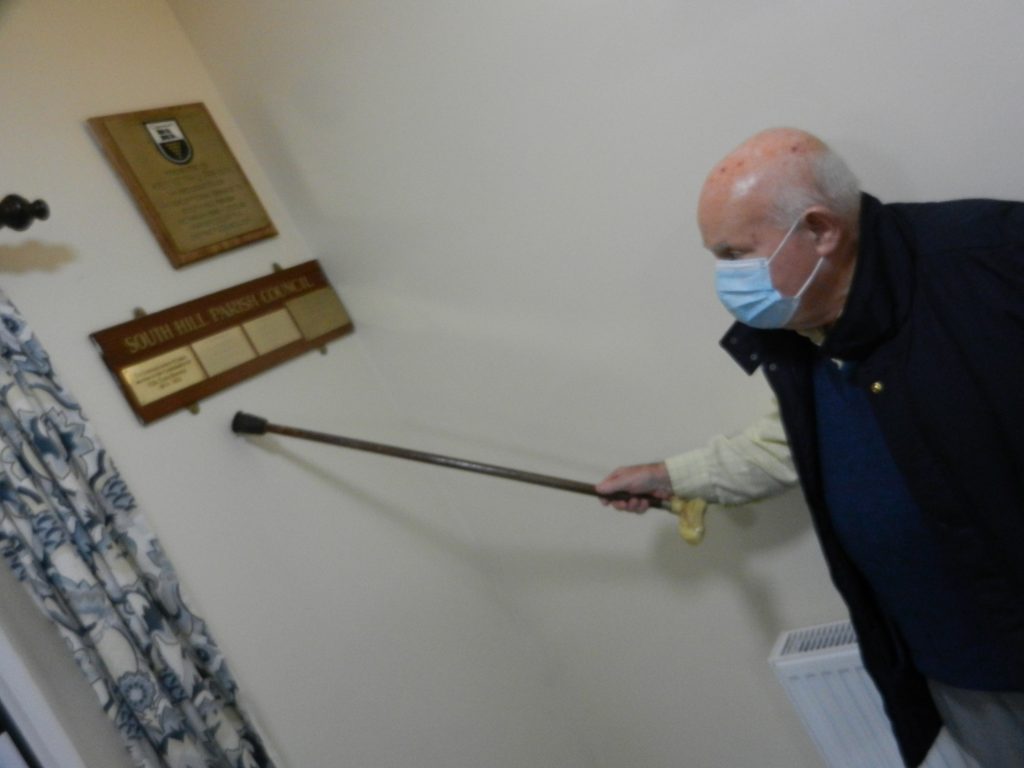
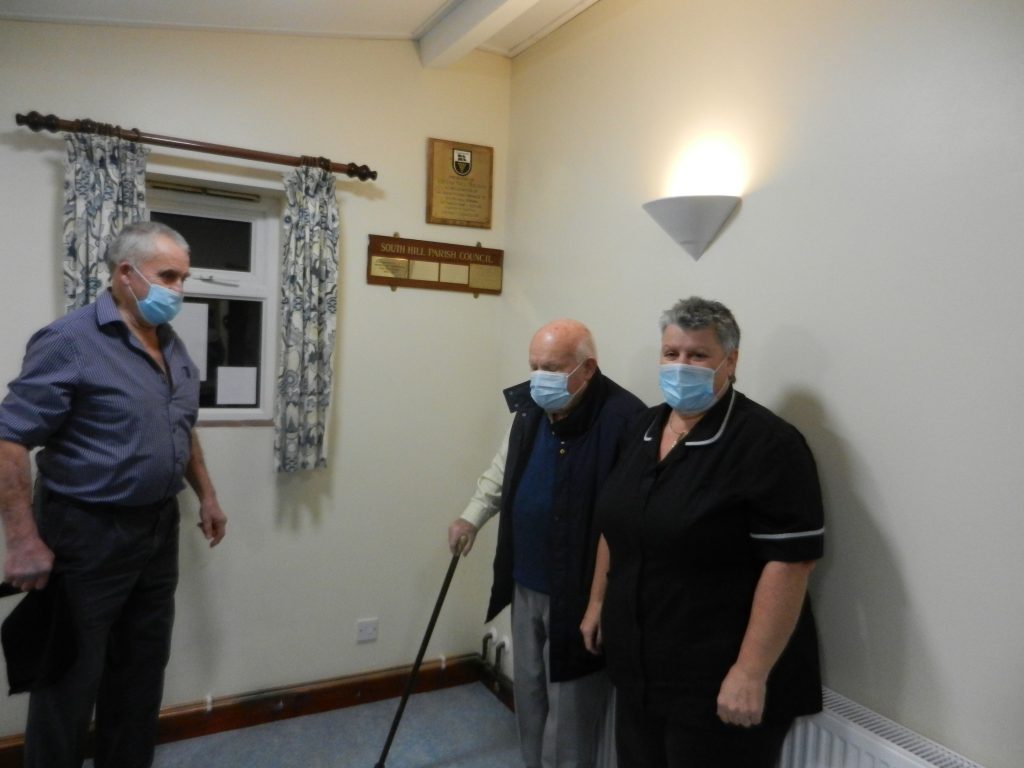
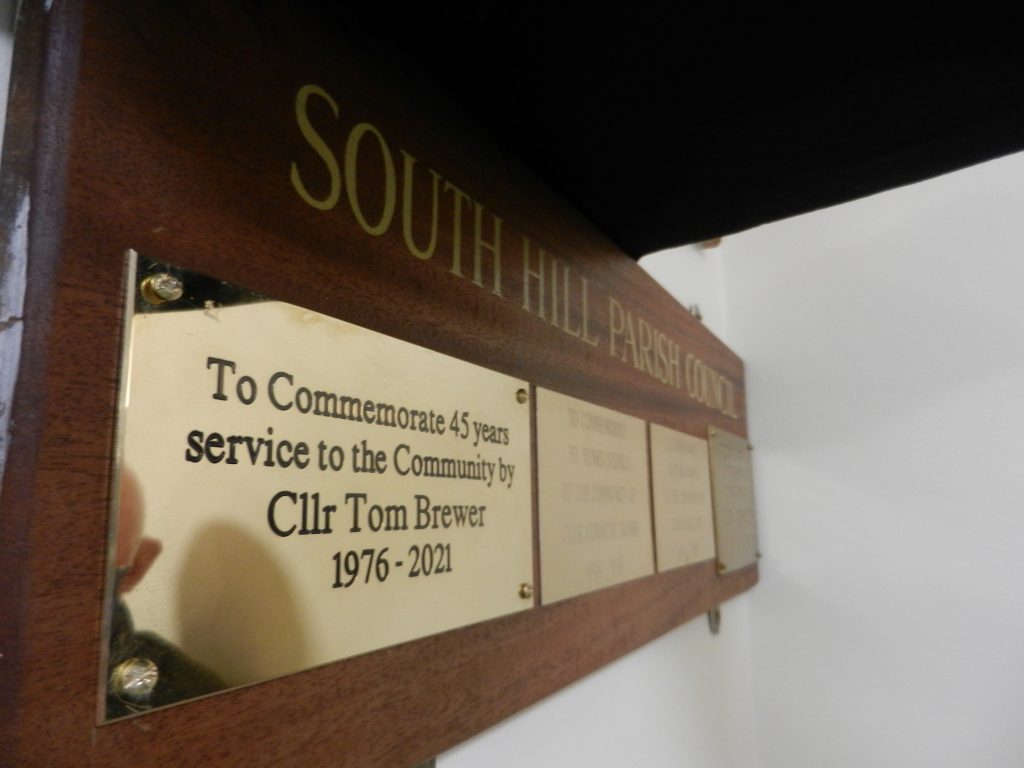
Tom was married to his beloved wife Ann for 58 years. Ann was the niece of boxer Len Harvey, a national sporting idol. Their son Andrew lives in Tavistock and daughter Elaine still lives locally in Golberdon.
Tom is pictured below assisting Ley Daniel (South Hill Parish Chairman), Fern Friend and Les Hambley, Tom Brewer and one other, with the construction of The South Hill Parish Hall, which was established by an Order of the Secretary of State in 1965.
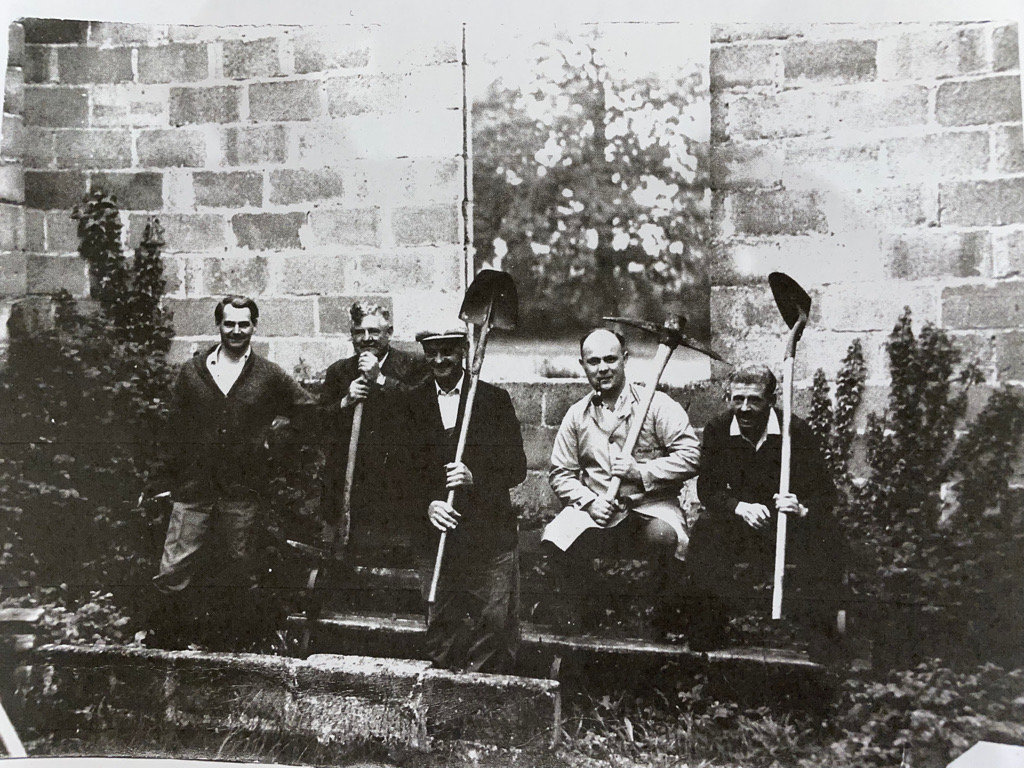
Fund raising from people of modest means via Whist and Beetle Drives meant that construction took a long time, as shown by the ivy growing on the structure. Prior to and during this time Parish matters were discussed in the Sunday School of The Chapel in Golberdon. Tom’s unbroken service on The South Hill Parish Council exceeds 50 years and whilst he remembers Golberdon being a very tidy and clean place, with well-kept gardens, hedges and verges in his youth, he accepts that growth and infill of property amongst the original properties was a necessity.
Tom’s unwavering commitment to others is demonstrable in many ways. He gave up smoking his beloved pipe on the spot 16 years ago, when his son asked him not to blow smoke in his grandsons’ face. Years earlier he was part of the fund-raising efforts for the bereaved families of the Aberfan disaster and remembers The White Aces band came all the way from St. Austell to play. In recent years Tom has served by checking the Parish Hall children’s play area every day since its installation. He championed the alteration of the parks metal safety barrier onto the road, so that children leaving the park faced the oncoming traffic rather than away from it. The wildflower area, soon to be installed by The Parish Council was Toms’ idea, as was the bench within it that will benefit from a magnificent view of Caradon Hill.
Renowned and respected for his patience and compassion for both the animals he dispatched and for their often distraught owners, Tom travelled over 1000 miles a week working as a slaughterman. He recalls his first horse to dispatch was a large dray at Courage brewery, so tall in fact that Tom had to climb onto a beer barrel. He served the local hunts and attended the point to points of Spooners, Lamerton, Bolventor, East Cornwall and Tedcott hunts. Tom recalls the BSE (1980 – 1990) and Foot and Mouth (2001) outbreaks as being hugely traumatic for all involved, with millions of animals slaughtered.
Tom prefers to focus instead on the many animals he has saved over the years, one a horse, which survived for a further 6 years, and another, a heifer, for 18 months, following his advice to treat instead.
Tom’s eyes dance with merriment as he recalls the numerous bottles of whiskey bestowed upon him over the 55 years he served the Cornish and Devonian communities. Tom drinks whiskey, and always accepted it graciously. He remembers teaching young ladies, who were studying to become vets at Duchy College, about horse anatomy. Their gratitude was such that they bought him a fabulous statue for his retirement. Toms recalls that his leaving party at Duchy College was attended by over 50 guests, who of course brought him more whiskey. Nowadays Tom enjoys relaxing in his bright, sunny lounge reading the daily paper from PaperPhil. He loves to travel and is an avid fan of coach tours to Scotland. His warm personality draws others to him and his many friends clamour to meet up with him again on a trip at Christmas and next July, and of course Tom has readily agreed.
The New Year is typically the time when we reflect on the past and then look forward to the coming year in the hope that it will be better. The desire to have something to hope for that will improve our life is strong. The month of January gets its name from the Roman god Janus who has one face looking back and the others looking forwards. He is the god of gates and transitions.
Often, we can’t move forwards unless we have looked back, retraced our steps and asked some serious reflective questions such as: Is there a pattern in my behaviour and relationships that keeps repeating itself? Is there something I need to acknowledge and take responsibility for? Do I recognise my reactions could have been different? The key is to learn from the past and not just glance at it, so we don’t get stuck in the same old patterns of behaviour. If we do this well, we will grow and develop ways and means of working better with others; as well as being authentic to ourselves.
Continue reading